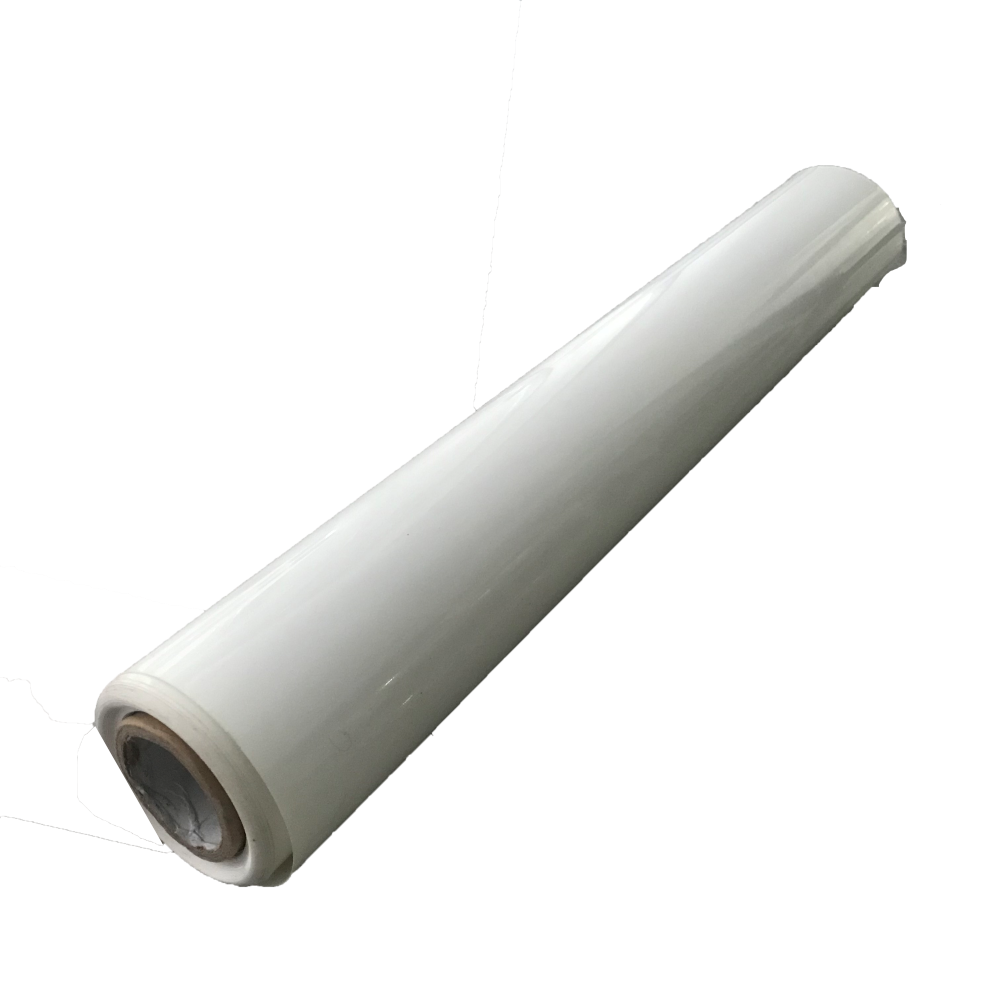Fabric composite hot-melt adhesive film is not actually the name of a special specification or model of hot-melt adhesive film product, but a general term for a type of hot-melt adhesive film product that is specifically used in the composite of fabrics, cloth and other materials. The emergence and application of fabric composite hot melt adhesive film can be said to be a revolution to the traditional glue bonding method, because it can better serve as a clothing accessory.
We all know that the types of hot melt adhesive films are very rich, and the types of fabric composite hot melt adhesive films are also very rich. In theory, if there are no special requirements for composite fabrics, it can be said that almost all materials of hot melt adhesive films can be used. Used for composite fabrics. However, it is unlikely that there is no requirement for product composite, so the selection of fabric composite hot-melt adhesive film should be based on relevant requirements as selection conditions. In this article, I will take a detailed inventory of the available types of fabric composite hot melt adhesive film.
1. The composite principle of the fabric composite hot melt adhesive film: The typical industry of fabric composite is the clothing industry. It might as well use the clothing industry composite to make a simple description of the use of fabric composite hot-melt adhesive film. Fabric composite hot-melt adhesive film is a silk-like finished product formed by hot-melt adhesive through melt spinning. When the fabric is composited, it is placed between two fabrics, and the outer lining can be quickly bonded only after high temperature pressing. Compared with traditional glue bonding, this thermal bonding method is more convenient to operate, especially in terms of environmental protection.
2. Applicable fabric for fabric composite hot melt adhesive film: The fabric composite hot-melt adhesive film can achieve a good bonding effect for non-woven fabrics, cotton, linen, chiffon and other normal clothing fabrics. It has many applications on a piece of clothing, such as collars, cuffs, outer linings, plackets, etc.
3. The characteristics and scope of application of four types of hot melt adhesive films: PA material hot melt adhesive film: It has the characteristics of dry cleaning and washing resistance, low temperature resistance of minus 40 degrees, high temperature resistance of more than 120 degrees, and is widely used in luggage, shoe materials, home textiles, shirts, leather clothing and other industries. TPU material hot melt adhesive film: It has the characteristics of washing resistance, but not dry cleaning resistance, low temperature resistance of minus 20 degrees, high temperature resistance of 110 degrees, high elasticity, and it is widely used in underwear composites. PES material hot melt adhesive film: It has the characteristics of dry cleaning resistance, washing resistance, yellowing resistance, softness, etc., and it is widely used in underwear composite. EVA material hot-melt adhesive film: It has the characteristics of water washing resistance, not dry cleaning resistance, low melting point, and is widely used in wall coverings, leather, shoe materials, etc.
4. Common specifications of fabric composite hot melt adhesive film: The common type of fabric composite hot-melt adhesive film is similar to double-sided adhesive. We call it a hot-melt double-sided adhesive interlining. The wide width can currently be 5-3200 (mm), and the length of a roll is basically 100 yards, of course, can be customized according to actual requirements. Another very important latitude is weight, which is what we often call “a few threads”. The choice of weight is slightly more difficult than the choice of width and length. If you are not sure about the weight, you can take a sample and test it before deciding. The content of fabric composite hot melt adhesive film is shared here for everyone. If you want to know more about hot melt adhesive film, please continue to pay attention to us!
Post time: Oct-28-2021




